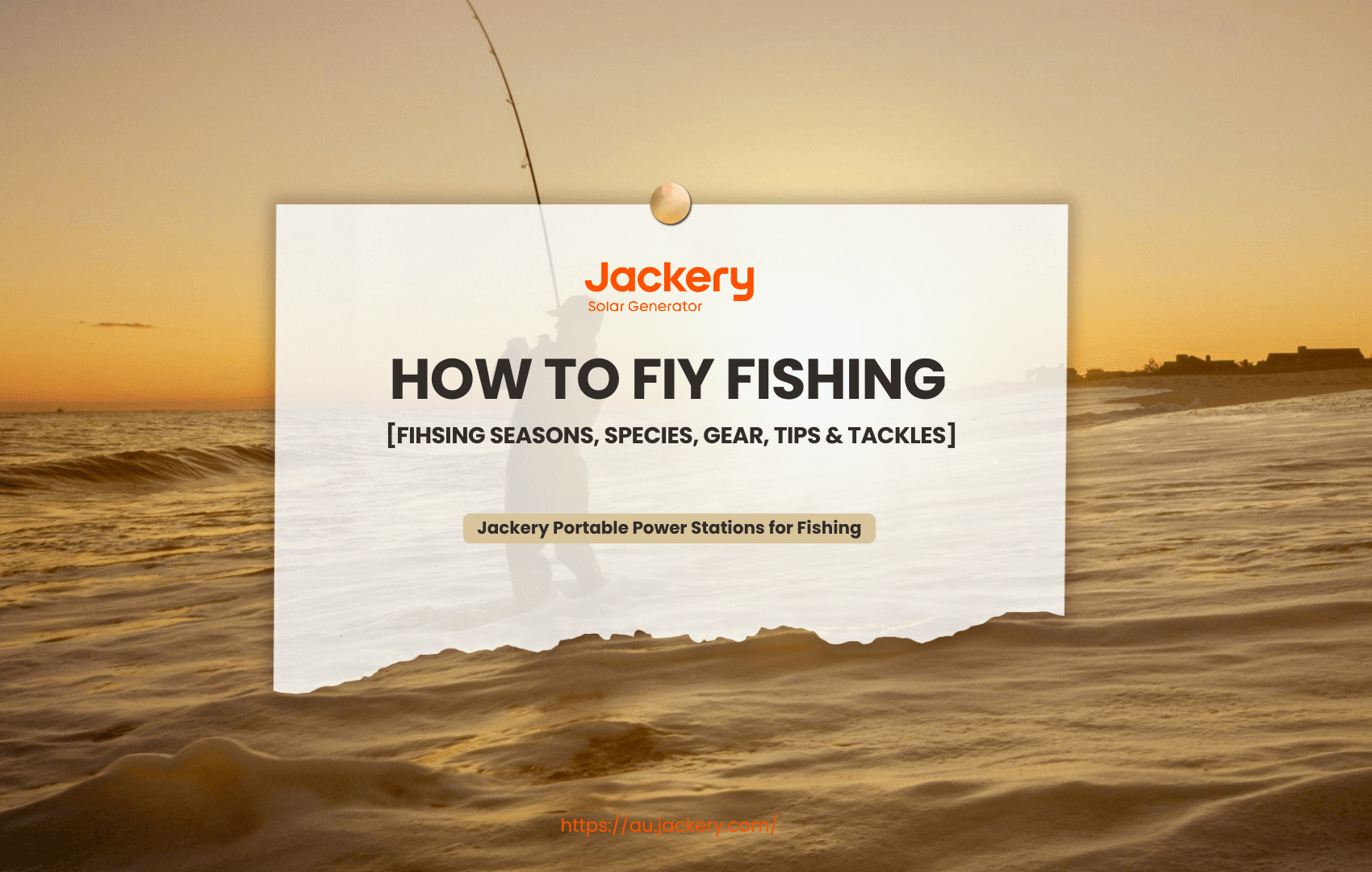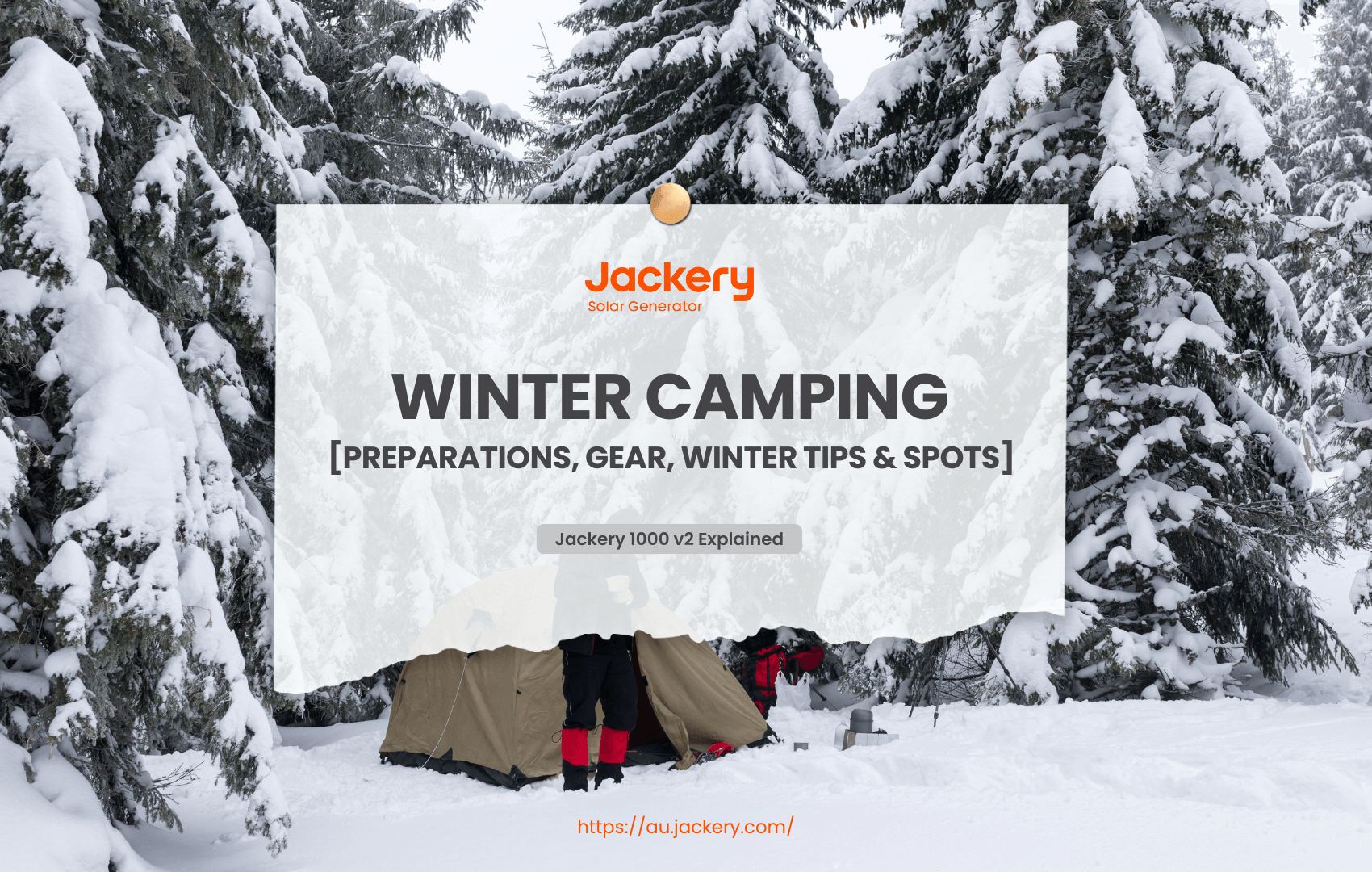|
Key Takeaways: |
|
- Adelaide has surf all year round. Summer is generally better for novice surfers, and winter is better for experienced surfers. - Adelaide maintains control over a vast, expansive surf region stretching from the Eyre Peninsula, about 150 miles to the west, to Encounter Bay, about 40 miles to the south, with Kangaroo Island in the midst. - It's fun to cruise the midcoast's Esplanade, and unless it's summertime, it's safe to drive around Victor Harbour. - Choosing the right surf gear, like a surfboard for Adelaide's waves, depends on the surf conditions, your skill level, and the type of waves you want to ride. - We highly recommend Jackery Explorer 300 Plus as your best surfing companion to power your devices while surfing. |
Surfing in Adelaide
Adelaide Surf is excellent and diverse. It includes right-hand points on the extensive beaches that cap off Middleton and beyond and secluded breaks on the Eyre Peninsula. It rewards those ready to investigate with empty lineups and nearly unstoppable swell.
How Is the Surf in Adelaide?
Adelaide is sometimes described as a little stuffy and uninteresting. They refer to it as the City of Churches and claim it is for tea drinkers and baby boomers. They haven't seen the waves, in our opinion. There are plenty of places within a two-hour drive, and there is a positive overload of surfing to be done within ten hours due to the Yorke Peninsula squeezed into the middle, the untamed Eyre Peninsula on one side, and distant Kangaroo Island on the other.
Adelaide, however, differs from Sydney. It's completely different from Sydney. No trendy, vibrant, tiny surf villages are tucked into the town itself. To get the greatest waves in the area, you'll probably need your own vehicle and be prepared to drive a considerable distance to conduct a thorough surf check. The reward will be some of Oz's most beautiful and deserted places.
Sharing the waves with bottlenose dolphins on a warm morning is common, and spending the evenings in the waters off the Eyre as the sun sets over the Great Australian Bight can be incredibly uplifting. The swell is essentially constant because of the Southern Ocean's engine room. The drawbacks include the previously mentioned travel lengths and sharks, sharks, and more sharks.
When to Surf in Adelaide?
Adelaide has surf all year round. Summer is generally better for novice surfers, and winter is better for experienced surfers. In midwinter, when N winds shape the breakers along Kangaroo Island and the south coast of the Yorke Peninsula, Adelaide experiences its one brief peak surf season.
Though the gentler summer S swells tend to be better for the exposed beaches and points of the Fleurieu and Eyre Peninsula, the heavier winter SW swells are better for the protected metropolitan beaches, such as Christie's and Triggs. Nevertheless, it essentially works all year round.
Best 8 Adelaide Surfing Spots
Adelaide maintains control over a vast, expansive surf region stretching from the Eyre Peninsula, about 150 miles to the west, to Encounter Bay, about 40 miles to the south, with Kangaroo Island in the midst. These are a few of Adelaide's top spots for surfing.

Glenelg: This is the most popular beach in Adelaide because it is only 20 minutes from the city centre. Glenelg is often considered a typical seaside destination, particularly for children, because it features The Beachouse, an amusement park with water slides, carousels, and games. Glenelg generally attracts surfers of all skill levels, with swells reaching 3 feet during peak season.
Christies Beach: The surf schools usually come here to practise during the holidays, and we typically rank Christies as the best learner spot in Adelaide. It doesn't get much swell, especially during the summer, and when it does, the waves are usually small ankle slappers that mush out as they hit the shore.
Kangaroo Island: A true surfing frontier is Kangaroo Island. From the end of the Fleurieu Peninsula, you can take a ferry (it takes about 45 minutes). The best waves in this area can be found far from any asphalt, along thundering coast paths.
Pennington has the easiest and most accessible waves, but direct S swells can make them dumpy. More points to the west peak from there when you get to the obscure inlets of Cape Bouguer and Hanson Bay. But be prepared to drive because this is surf-explore territory.
Semaphore/Largs Bay: Semaphore and Largs Bay are around 30 minutes northwest of Adelaide and are ideal for beginner surf trips. This is because this shore area is protected from many southerly swells, resulting in softer waves. Winter is the ideal time to catch waves. However, it can be windy on some days, especially near Semaphore. Expect waves of 2-4 feet at that site. If you go to Largs Bay, the waves are lower and ideal for beginners, measuring around 1-2 feet.
Middleton Point: Middleton Point resembles an East Coast sandbank a la Kirra, with peeling right walls suitable for both mals and shortboards. However, the winds can be unpredictable, so arrive early. Lengthy beaches extend south and east from there with plenty of A-frames and other amenities, but be wary of rips and don't venture too far because sharks are still a problem.
Encounter Bay: Based on the Younghusband Peninsula, Encounter Baby is further south of Middleton. This bay is best suited for more seasoned surfers because waves here can reach 6 to 8 feet in the winter and only 3 to 5 feet in the summer. If you are a beginner, stay at some easier surfing locations because there are also strong rips.

Henley Beach: Henley Beach is beautiful on the coast, only 15 minutes from Adelaide's central business district. Swells here typically reach 2-4 feet but can get higher during storms. This area is very famous among local surfers. If you don't want to surf, go a little farther up the coast to the magnificent Grange Jetty Cafe, where you may sit and dine before heading out into the ocean.
Ethel Wreck: You can try considerably more difficult surf areas in the area as you get farther away from Adelaide, the capital of South Australia. Ethel Wreck is roughly two hours drive from Adelaide and just off Marion Bay's shore. The surfing location gets its name from a sunken wreck that, under the correct circumstances, produces waves that crash over the ruins.
These waves can reach heights of eight feet or more over the wreck during the winter, creating barrels only suitable for those of you with a lot of surfing expertise. Just be advised that you will require a four-wheel drive car to get here.
Travel Information for Surfing in Adelaide
With 1.3 million residents, Adelaide serves as the capital of South Australia. Although it's a short trip to the city's attractions, the limited swell window makes it congested and erratic. The Yorke Peninsula, located in the Innes National Park and four hours' drive west of Adelaide, boasts several excellent waves ideal for experienced, daring surfers.
The 150-kilometer (96-mile) Kangaroo Island is home to numerous secluded and eerie surf areas subject to the swell's full force that originates in the Great Southern Ocean.

How to Get There?
Although there aren't many international flights to Adelaide, Singapore, Air New Zealand, and Qatar, they all travel directly from Southeast Asia, Auckland, and Doha, respectively. There are numerous daily flights between Melbourne and Sydney (from AU$70 o/w) operated by Virgin, Qantas, Jetstar, and REX. It would take ten hours to drive from Melbourne. From the city to the airport, taxis cost AU $25. Victor Harbour is 1h30, and Yorke's point is four h.
What Is around There?
It's fun to cruise the midcoast's Esplanade, and unless it's summertime, it's safe to drive around Victor Harbour. Yorke's has the most deteriorated, unpaved roadways. Automobile rentals: For an SUV, AU$40 gives a compact of 65/d. From Cape Jervis, it takes 30 minutes to fly to Kangaroo Island and 40 minutes to cross.
Where Can You Stay?
Use low-cost caravan campsites on Yorke. Group accommodations at Marion Bay Seaside Apartments: from AU$111/n, sleeps 4. For affordable prices, check out backpackers along the mid- and south beaches. Victor Harbor's Grosvenor Hotel, $90/n/dbl. You can camp on Kangaroo or stay at the Ozone Hotel in Kingscote.
What Activities You Can Do There?
The landscape is wild bush. Gorge Wildlife, Victor Harbour, and Urimbirra Wildlife are the main wildlife parks. Pubs and nightclubs outnumber churches. The Rodney Fox Shark Museum is a must-see. Fishing is fantastic. Half of Australia's wines are produced in SA. There are lots of kangaroos, too.
Visas
Everyone, except Kiwis, must obtain a visa before travelling to Australia, so do so well in advance. A free tourist visa is available online for the USA, Canada, Japan, and Europe (some countries may levy a $20 "service charge"). Visas are good for one full year. However, you can only stay for three or six months within that time. Before your journey, thoroughly evaluate any adjustments.
Packing List for Surfing in Adelaide
If you're heading to Adelaide for a surf trip, here's a packing list to make sure you're well-prepared:

Surf Gear
Choosing the right surf gear, like a surfboard for Adelaide's waves, depends on the surf conditions, your skill level, and the type of waves you want to ride. Generally speaking, a longboard or funboard is excellent for easy waves if you surf in Middleton and Moana.
If you want to go to Southport and Seaford, fish or hybrid shortboards are best suited for small-to-medium fun waves. If you plan to go to Yorke Peninsula or Victor Harbor reefs, you can choose a step-up shortboard for the bigger and heavier surf there.
Surfboard(s): You can choose the best fit depending on the conditions and skill level.
Surfboard Bag: It is helpful for protection during travel.
Leash: You can bring a spare in case one snaps.
Wetsuit: A 3/2mm full suit is ideal for most of the year, but in winter (June–August), you may need a 4/3mm.
Wax: You will need a wax suitable for the water temperature (cold-water wax in winter).
Rash Guard or Surf Top: This can be extremely handy for sun protection in warmer months.
Earplugs: Make sure to bring a pair if you're prone to a surfer's ear.
Clothing and Sun Protection
Adelaide's surf conditions vary with the seasons, so you’ll need different gear depending on the time of year. The sun can be harsh, so UV protection is crucial:
Boardshorts/Bikinis: They are essential for summer sessions.
Towels and Changing Robe: A microfiber towel is great for quick drying.
Sunglasses and Hats: They are essential for UV protection.
Flip-Flops (Thongs): They easily slip on after a surf.
Warm Layers: It can get chilly, especially in the mornings and evenings.
Waterproof Jacket: It is good for wind and occasional rain.
Beach Umbrellas or Shade Tents: They are great for hot summer days.
Sunscreen (zinc-based, SPF 50+): It is essential for an intense Aussie sun.
Health and Safety
Surfing in Adelaide and South Australia can be fun, but the intense sun, cold water, and occasional hazards like rips and reefs mean you’ll want the proper safety gear:
Reef Booties: These are essential if you plan to surf reef breaks.
First Aid Kit: Antiseptic for reef cuts is necessary to have it.
Reusable Water Bottle: It helps you to stay hydrated.
Energy Snacks: They are great for post-surf recovery.
Accessories
If you're planning remote surf adventures, pay particular attention to power solutions, safety gear, and offline surf trackers. Having the proper technological equipment can help you track conditions, capture waves, and stay safe when surfing in Adelaide and South Australia.
Waterproof Phone Case: They are helpful if you need to carry your phone.
Surf Watch or Tide Chart App: It helps track the best times to surf.
GoPro or Waterproof Camera: You can use them to capture epic waves.
Jackery Portable Power Station: Portable power sources are tiny and light, making them simple to move around. Some models have wheels or handles that make them more straightforward to use outside. The sun can charge Portable power stations, making them a fantastic travel choice when you're not linked to the power grid.
Jackery Explorer 300 Plus for Adelaide Surfing
Jackery Portable Power Stations provide an economical and portable energy source for powering bait aerators, lighting, or even a small fridge to refrigerate beverages. Additionally, this power station can be swiftly recharged using carports, wall outlets, or Jackery Solar Panels. As for surfing in Adelaide, we recommend a Jackery Explorer 300 Plus portable power station.
The Jackery Explorer 300 Plus is a compact and portable power station that can be pretty helpful for surfing trips in Adelaide, South Australia, offering convenience and power for various needs beyond just catching waves.

Features of Jackery Explorer 300 Plus
The Jackery Explorer 300 Plus Portable Power Station redefines portability and performance. Weighing just 3.75kg, this ultra-lightweight power station is designed for maximum convenience, allowing you to easily carry it in your backpack for Adelaide surfing trips. Its compact size doesn't compromise its power, offering a 288Wh capacity and 300W output to keep your essential devices running smoothly.
Equipped with cutting-edge features, the 300 Plus ensures versatility for various scenarios. Its dual USB-C ports with up to 100W output support fast and simultaneous charging, making it ideal for waterproof Go Pro, tablets, and smartphones.
With four charging options—solar, AC wall outlet, car port, and USB-C—you'll always have a way to recharge, whether at home, on the road, or in the wilderness. Plus, it's whisper-quiet and completely emission-free, ensuring it is both eco-friendly and convenient.
The Explorer 300 Plus is built to last, featuring an LFP battery with an impressive 10-year lifespan and over 3,000 cycles to 80% capacity. Safety is at the core of its design, with advanced ChargeShield Technology offering 52 layers of protection against overvoltage, short circuits, and more.
What Can a Jackery Explorer 300 Plus Power for Adelaide Surfing?
The Jackery Explorer 300 Plus provides a convenient and reliable portable power source for surfing trips in Adelaide, ensuring your essential devices stay charged, enhancing your comfort at the beach, and even powering some helpful accessories.
Power Essential Devices:
Keep your phone charged to stay connected, check surf reports, use navigation apps to find the best spots around Adelaide (like Middleton, Yorke Peninsula, or closer city beaches), and for emergencies.
Capture your surf sessions! The Explorer 300 Plus can recharge your action camera batteries multiple times, ensuring you don't miss any epic rides along the South Australian coastline. If you like to film your surfing from above, the Jackery can recharge your drone batteries, giving you more flight time to get those stunning aerial shots.
Provide Comfort & Convenience:
Some small, energy-efficient portable fridges or coolers designed for car use can be powered by the Jackery 300 Plus, keeping your drinks and snacks cold on a hot Adelaide day. This is especially useful if you spend longer at less developed surf spots. On those scorching South Australian summer days, a small USB-powered fan connected to the Jackery can provide a welcome breeze while changing or relaxing at the beach.
Charge Safety Equipment:
If you're venturing to more remote surf locations around Adelaide, keeping your Personal Locator Beacon (PLB) charged is crucial for safety.
Headlamps: Useful for early morning or late evening surf preparations and navigating low-light conditions.
|
Electronics & Devices |
Running Time |
|
Drone (90W) |
5 Times |
|
Camera (8.4W) |
12 Times |
|
Mobile Phone (29W) |
13 Times |
|
Go Pro (5W) |
40 Times |
|
Portable Fridge (90W) |
2.5H |
|
Smart Speaker (10W) |
18H |
(*The working hours are only for reference; the actual working hours depend on your usage.)
Safety Tips for Surfing in Adelaide
If you know what you're doing, surfing in Adelaide is fun. However, if you're new to the area or inexperienced, following some simple safety precautions is strongly advised before getting in the water.

Tip 1: Check Local Conditions and the Weather Forecast
Surf conditions can change quickly, so always check local surf reports before going out. Know your limits and check how high the waves will be and the strength of the winds before going into the water. Websites like Swellnet and Surfline provide regular updates on the best times to hit the waves.
Tip 2: Pack for All Weather Conditions
Particularly during the cooler months, Adelaide's seaside weather can be erratic. For the colder days, don't forget to bring a wetsuit. Furthermore, Adelaide's sun may be powerful, so sunscreen is recommended, especially if you plan to spend the day at the beach. Keeping your leg leash tightly on your leg is also crucial since this will help you stay on your board and avoid injury.
Tip 3: Be Respectful of Others
Always remember to be aware of your surroundings, respect other surfers in the lineup, and observe surf etiquette. Additionally, only surf when someone else is around in an emergency.
Tip 4: Get Your Travel Insurance That Covers Surfing
Many travel insurance policies exclude activities such as surfing since they are considered adventure sports. This implies that if you hurt yourself or are in an accident, you may have to pay for your expensive treatment out of your own money. Make sure you have enough insurance to cover any activities you intend to conduct before your vacation. The insurance will not cost much more and may save you a fortune if something goes wrong.
Tip 5: Watch Out for the Danger in Nature
In contrast to regular beaches, sharks are off the coast of South Australia. To keep yourself safe, avoid surfing near seal colonies, where sharks will congregate, or at dawn or dusk. Smart drumlines are devices that can help monitor where sharks are so that warnings can be given to surfers. Awareness of rip currents is crucial because they can pull you offshore if caught in one. Learn about them and how to swim parallel to the shore to escape them before surfing.
Adelaide Surfing Spots FAQs
The following are the frequently asked questions about the Adelaide surfing spots.
1. Is there a surf near Adelaide?
Adelaide isn't known for having waves of the highest calibre. However, we are fortunate to have some fantastic coastlines that provide both novices and specialists with grinding reef breaks, relaxed beach breaks and points, and steady peaks.
2. Where can beginners surf in South Australia?
Most days of the year, Middleton, about 90 minutes from Adelaide, has rolling white water waves ideal for novices. There are excellent places to learn from Day Street to Middleton Point, and there are a number of surf lesson providers nearby to give you a head start.
3. Where to learn surfing in Adelaide?
Moana Beach, only 40 minutes from Adelaide, is the ideal South Australian beach for learning to surf because of its small and steady waves. Your knowledgeable and experienced surf instructor will begin by teaching you the fundamentals of wave formation, surf safety, instruction, and ocean awareness.
4. Where are the biggest waves in South Australia?
South Australia offers excellent surfing places, particularly on the Eyre Peninsula, the Yorke Peninsula, and the Fleurieu Peninsula.
5. Which Australian city is known for surfing?
Byron Bay is a trendy seaside town that attracts hippies, hipsters, and surfers alike. There are plenty of surf places in Byron, from the right-handers at Broken Head to Tallow Beach's more dangerous point break and the Pass' peeling waves.
Final Thoughts
One of the best beach activities in Adelaide is surfing, which is conveniently accessible just a short drive from the city. Many good surfing locations cater to novice, intermediate, and expert surfers, even if there might only be beginner beaches within an hour of the town.
Better yet, you may rent most of the gear you require from local surf shops or schools, saving you money on stuff you might not use frequently. You may surf at some of the most breathtaking beaches in South Australia if you only remember to heed our safety advice and bring a Jackery Explorer 300 Plus portable power station with you.
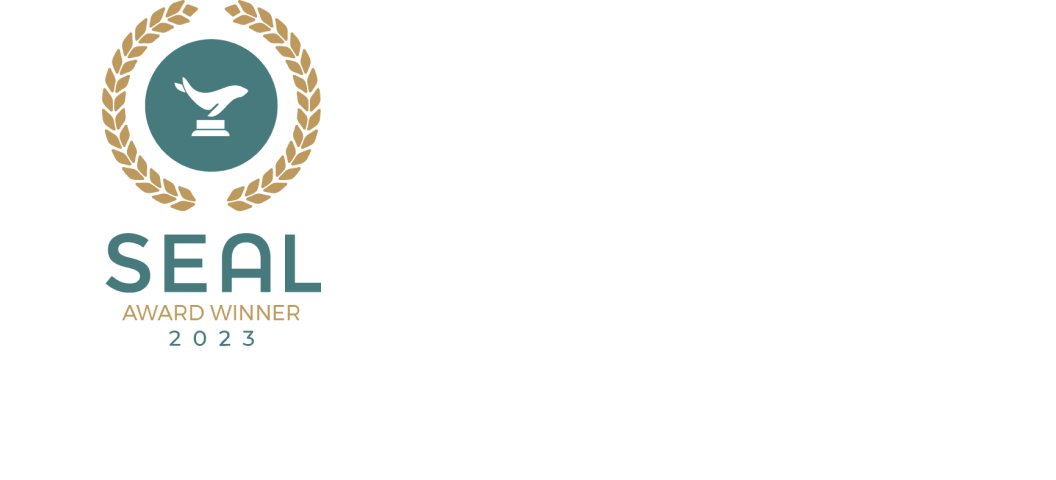
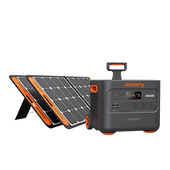
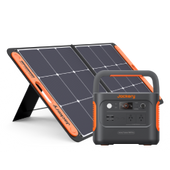
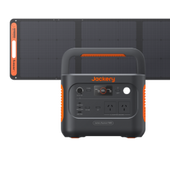
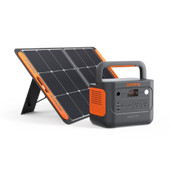
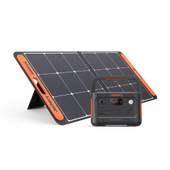

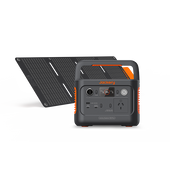
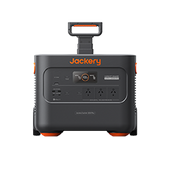

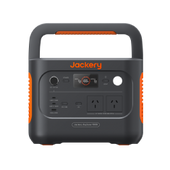
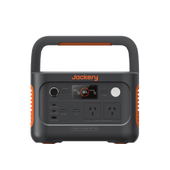
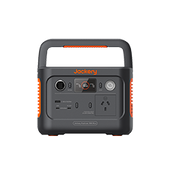
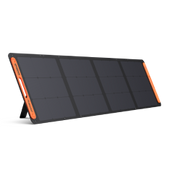
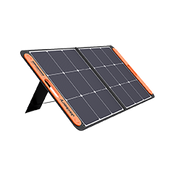
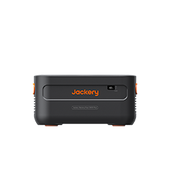
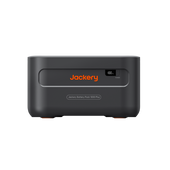
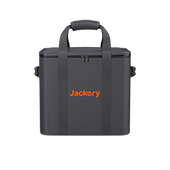
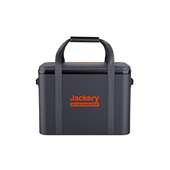
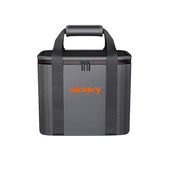
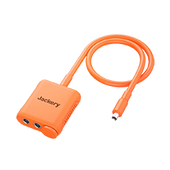
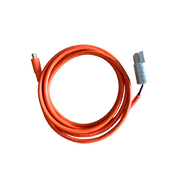
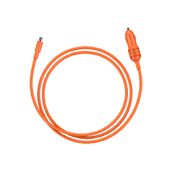
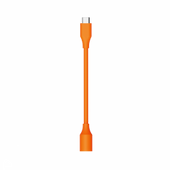
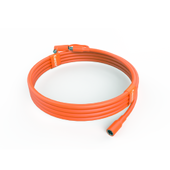
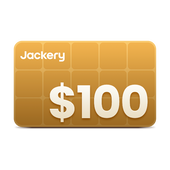

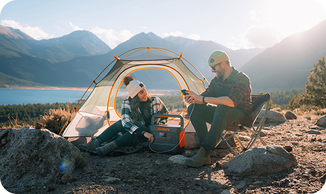
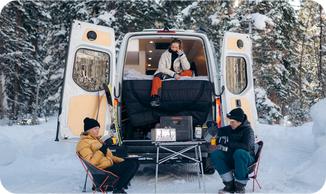
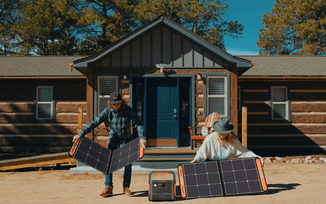
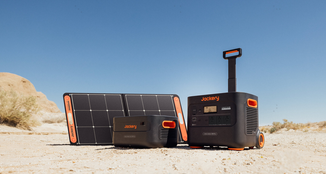
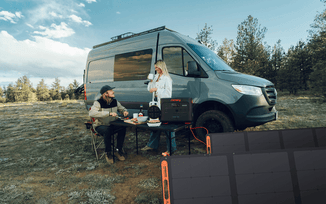
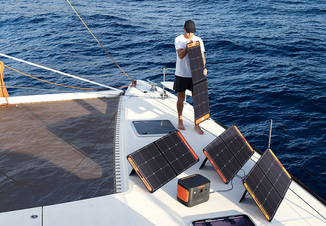
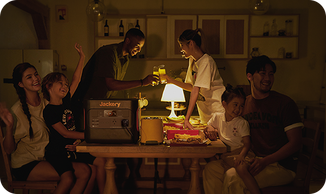
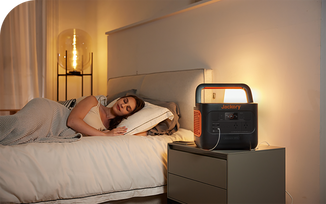
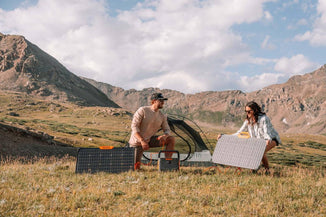
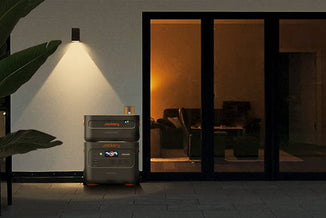
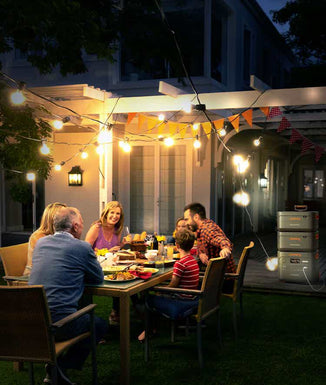
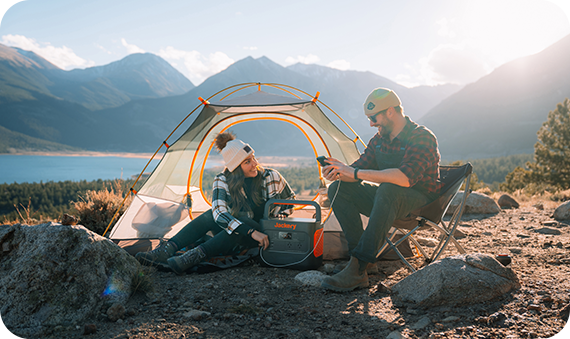
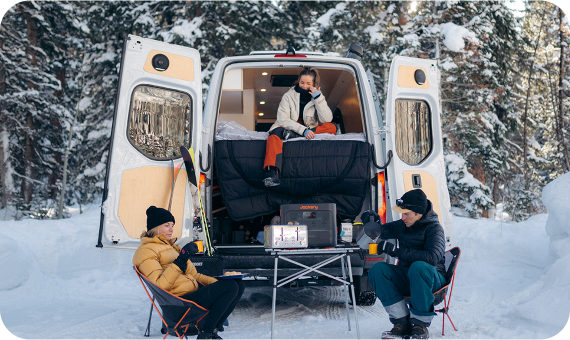
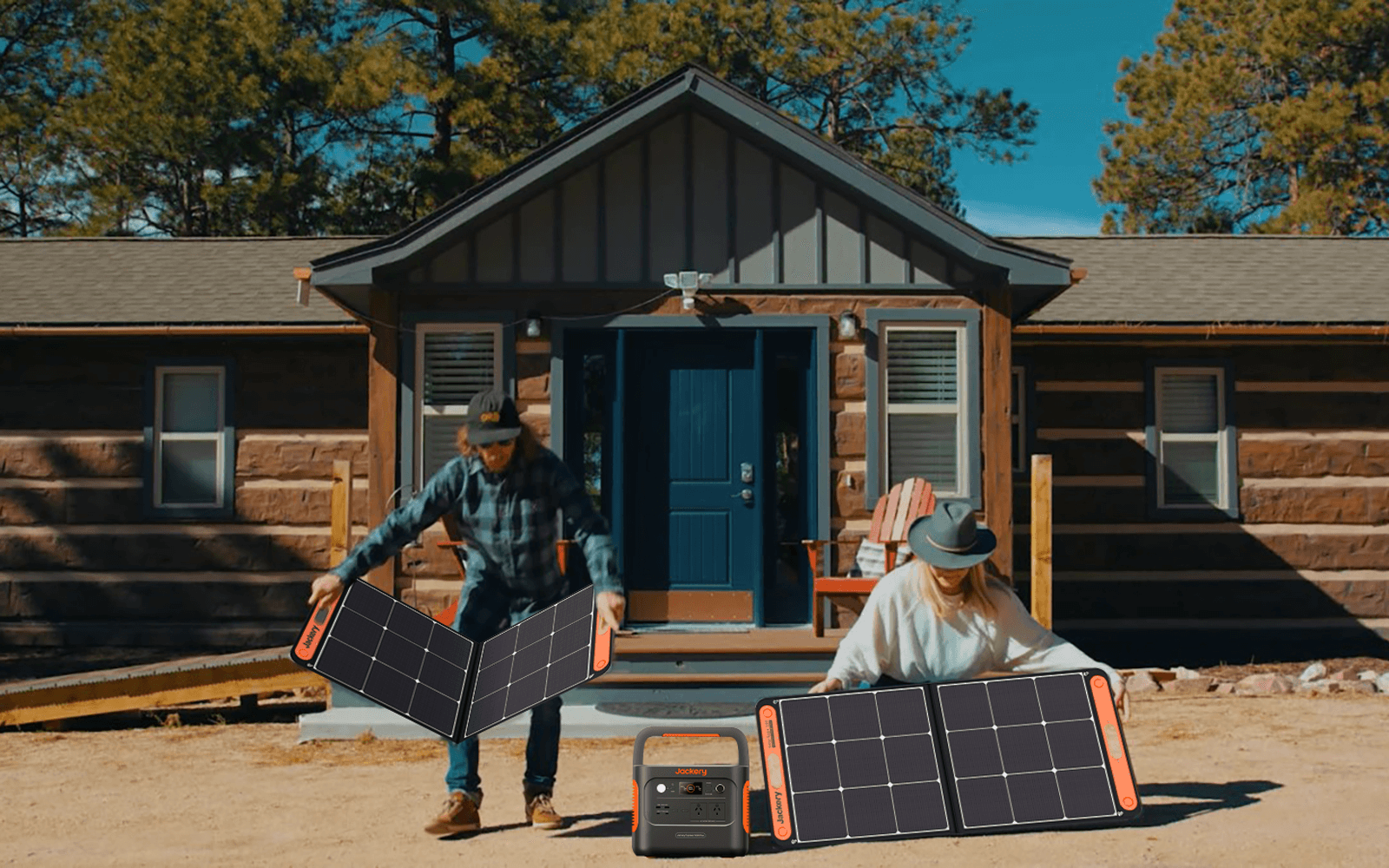
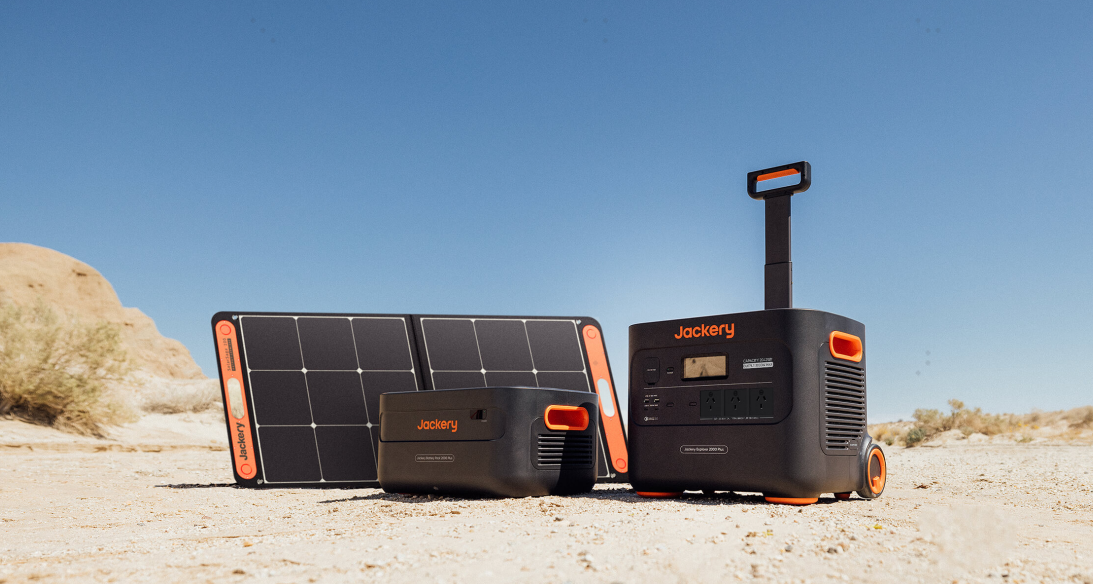
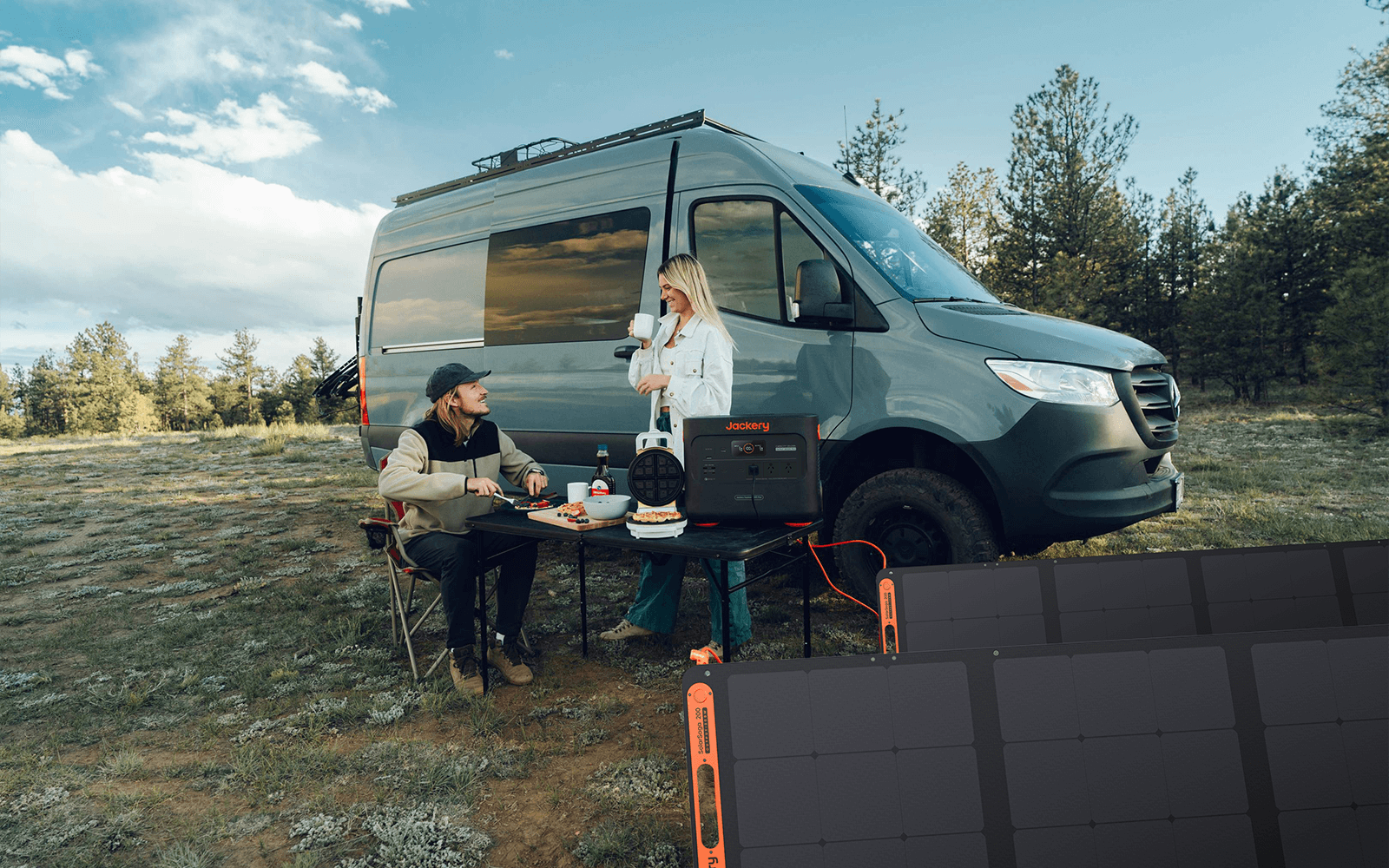
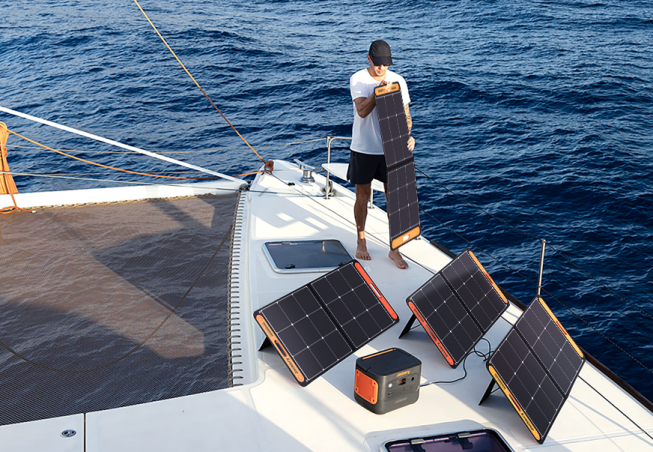
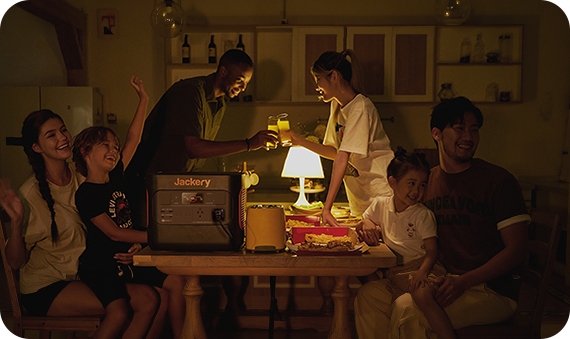
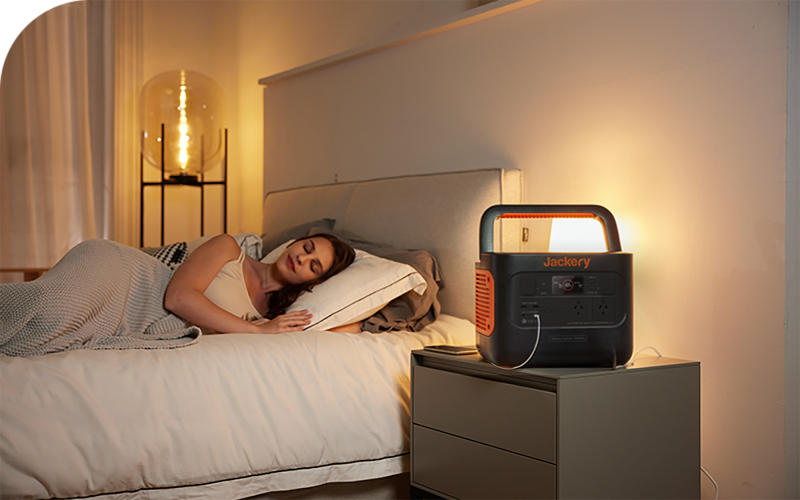
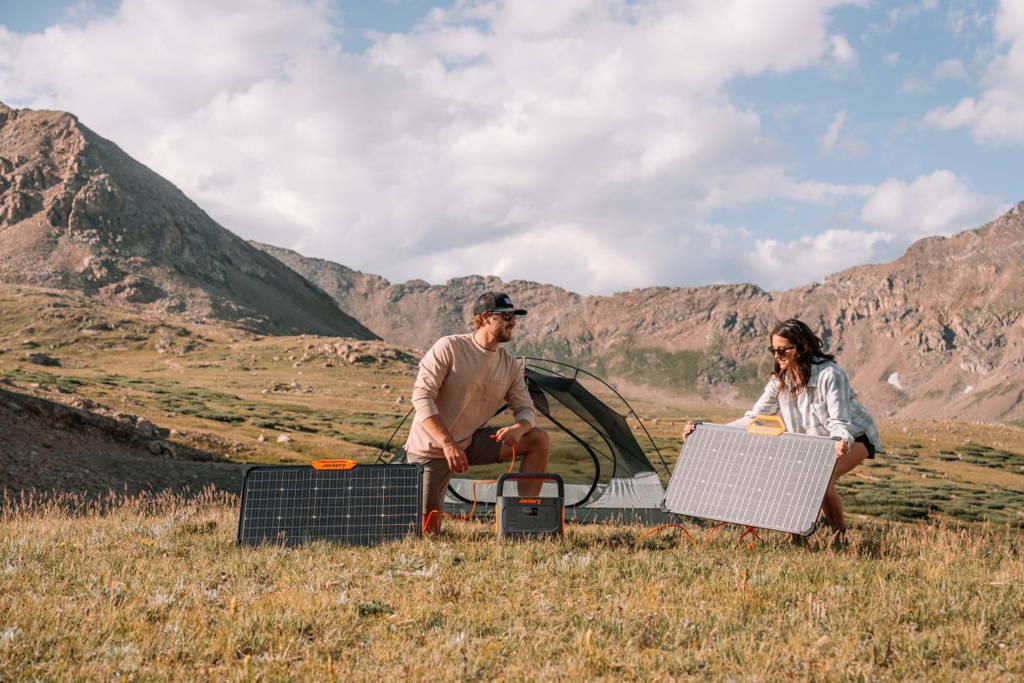
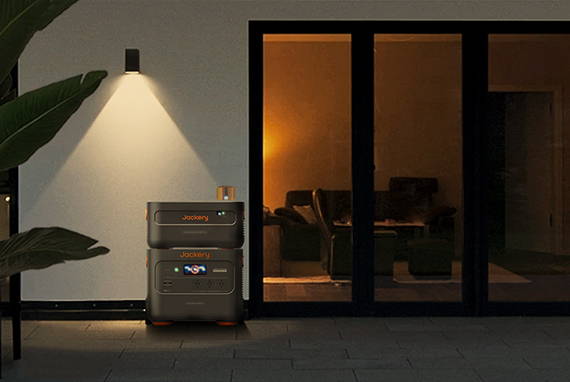
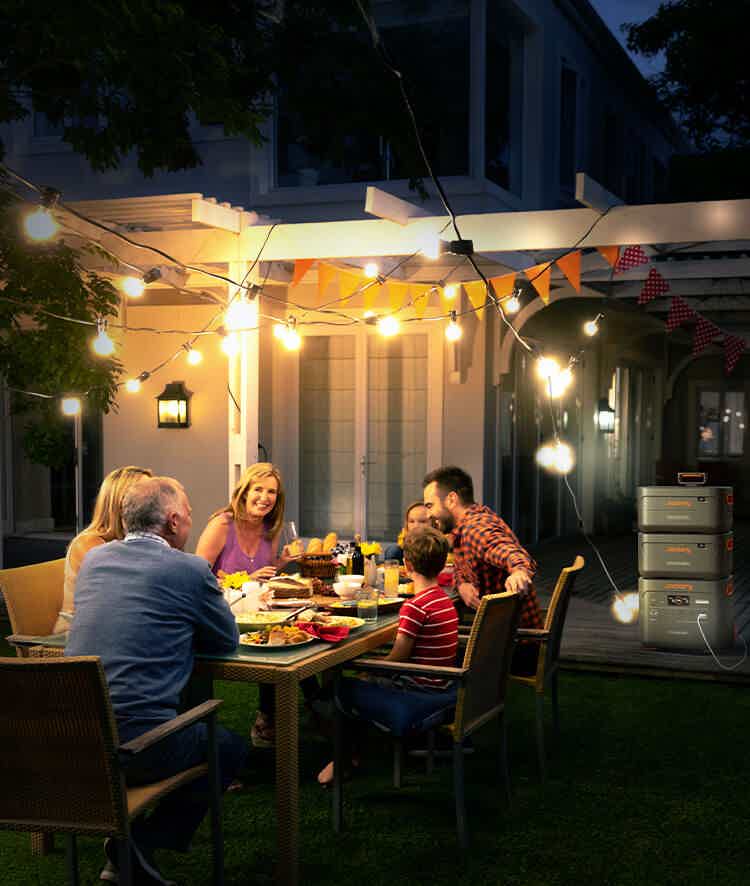
![The Best Adelaide Surf Spots [Basics, Tips & Packing List]](http://au.jackery.com/cdn/shop/articles/adelaide_surfing_spots_guide.png?v=1745733652)



